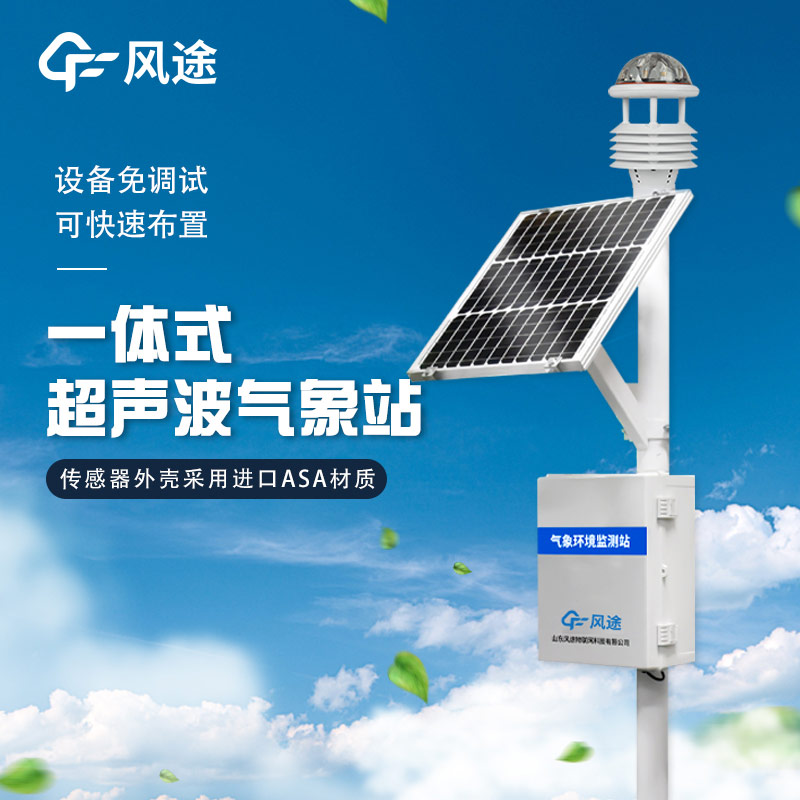Meteorological environment monitoring equipment supplier
Insist on doing high-precision customer favorite technology products
What does a competent ultrasonic weather monitoring station need? It will cover elements such as temperature, humidity, wind speed, wind direction, precipitation, barometric pressure and solar radiation, but the configuration of a weather station is not set in stone. It can be customised according to the user's needs by adding or replacing sensors to monitor other meteorological parameters such as UV intensity, CO2 content, etc., thus constituting a weather station that monitors more elements, such as a seven-element weather station or a ten-element weather station.
Ultrasonic probes are the key components of a weather station used to measure wind speed and direction. A standard weather station is usually equipped with four ultrasonic probes that work through vents. These probes work in pairs, with one probe emitting ultrasonic waves, which are reflected by a metal plate at the bottom and received by the other probe. In windless conditions, both probes receive the sound waves for an equal amount of time. When wind is present, it changes the speed at which the sound waves propagate, resulting in a difference in the time at which the two probes receive the sound waves.
By measuring these time differences, the weather station is able to accurately calculate wind speed and direction. A microprocessor within the station uses the data collected by the four probe weather station to calculate the combined wind speed and direction information.
The weather station is equipped with 4G wireless communication capability, which enables it to rapidly transmit the collected weather information to pre-defined data platforms. These platforms may include cloud platforms for environmental monitoring, big data platforms for smart agriculture, and monitoring platforms for the four conditions of agriculture (moisture, seedling, pest and disease, and disaster), etc. The application of 4G wireless transmission technology ensures that no matter how far away the monitoring stations are from the data receiving centre, the data can be transmitted instantly, thus guaranteeing real-time and accurate information.
